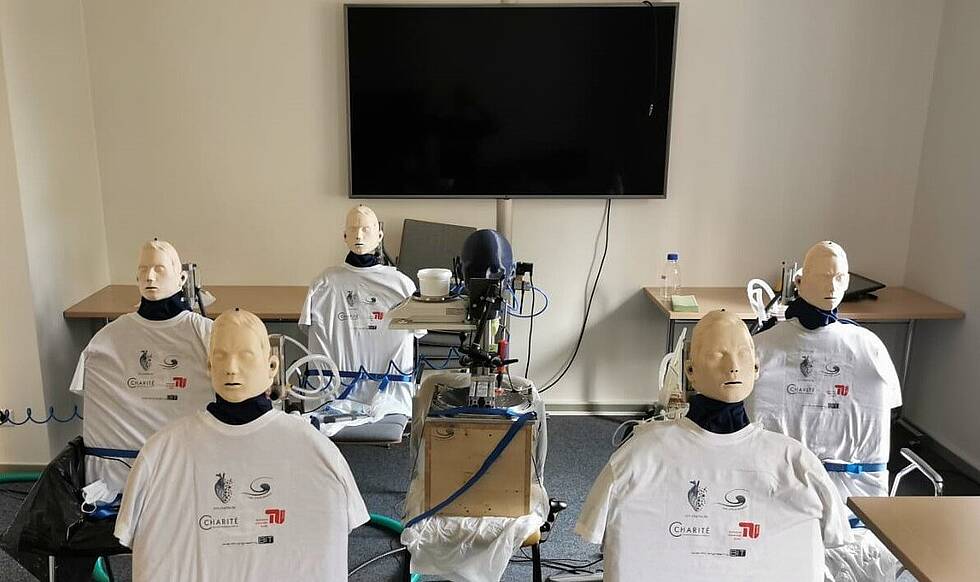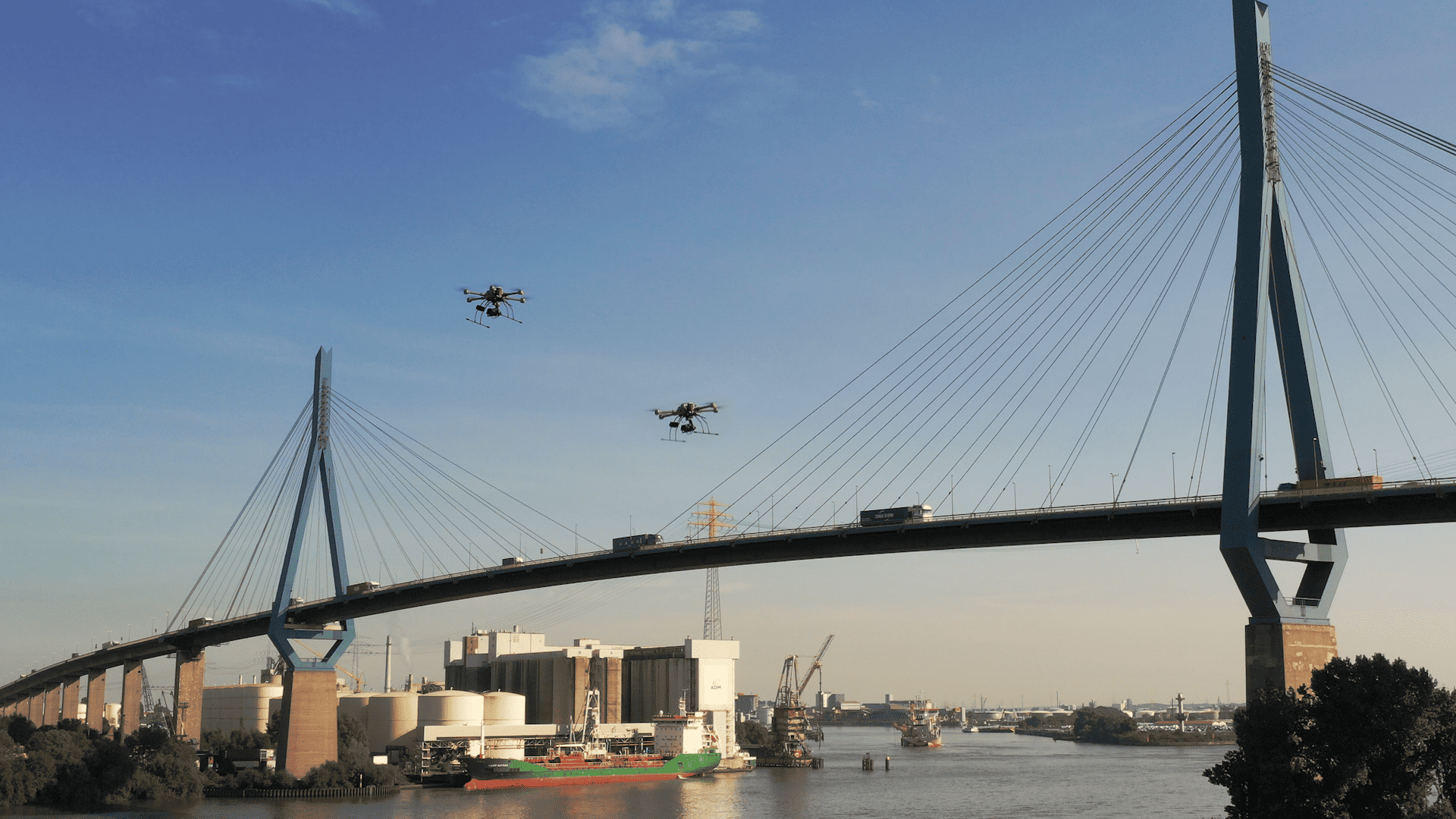
At the beginning of the corona pandemic, it was assumed that the SARS CoV-2 virus was transmitted from person to person by droplet infections. Aerosols are tiny droplets that are barely visible to the naked eye which a person releases, e.g. when speaking, or solids such as particulate matter, or viruses. Depending on their size, these can remain in the air for several hours and potentially infect other people. However, it is very difficult to assess the actual infection potential in any given situation.
Also interesting: [Update] How the SARS-CoV-2 virus spreads in indoor air
Scientists at the Fluid mechanics and technical acoustics department at the Technical University of Berlin which Prof. Dr.Ing. Oliver Paschereit chairs, and a team led by PD Dr.-Ing. Ulrich Kertzscher, head of the Biofluid Mechanics Lab at Charité, have now developed a measurement method that enables the quantitative measurement of aerosol quantities transmitted from person to person in any specific environment and situation.
Human-like dummies
The scientists used human-like dummies in their research. One of the dolls had the role of a so-called emitter, i.e. a person who emits aerosols. These were comparable to a human cough in terms of droplet size dispersion. Other dummies, so-called absorbers, were located at fixed positions in the room and ‘breathed in’ via the surrounding air. Aerosol droplets emitted by the emitter contained a substance that served as a substitute for potential viruses. Their concentration was then measured quantitatively in the inhaled air of the absorbers. This ‘tracer’ behaves like viruses. While the liquid in the aerosols has already largely evaporated, it continues to move around freely through indoor air.

“This enables us to determine very accurately the number of aerosols that a single absorber can pick up from various positions in a specific room,” says Oliver Paschereit. This allows us to concretely determine the risk of aerosol transfer in different everyday situations and weigh them up against each other. The pilot project took place in the Berlin Philharmonic Hall, but the professor explains that this measurement technology can also be used to determine the risks in public transport, in a restaurant, at a meeting or a gathering outdoors, and compare them to each other.
Assessing different risks in everyday life
“In that case, our measurement technology can show in concrete terms whether it can be assumed that the viruses accumulate in indoor air in a particular setting. For example in a concert hall, or whether they can be removed, for example, by efficient room ventilation,” Ulrich Kertzscher explains. “Even though we cannot, of course, recreate actual infection events by using our method. The measurement results at least enable us to estimate how likely it is that viruses can be transmitted from one infected person to a large number of people.”
These kinds of measurements could be of particular interest to event organizers, for example, in order to quantify the aerosol dispersion on their premises, stresses Dr. Sebastian Schimek, another member of Oliver Paschereit’s team. Furthermore, he adds that such measurements are also useful for decision-makers who have to deal with super-spreader events, as well as for visitors to public events. “Of course, no direct risk of infection for individuals can just be deducted from the number of aerosols that are transmitted. But it does enable us to compare the risk associated with different situations where people meet up,” says Vera Froese, an employee of the Laboratory for Biofluid Mechanics.
The scientists foresee numerous potential applications for the system and have already filed a patent application.








